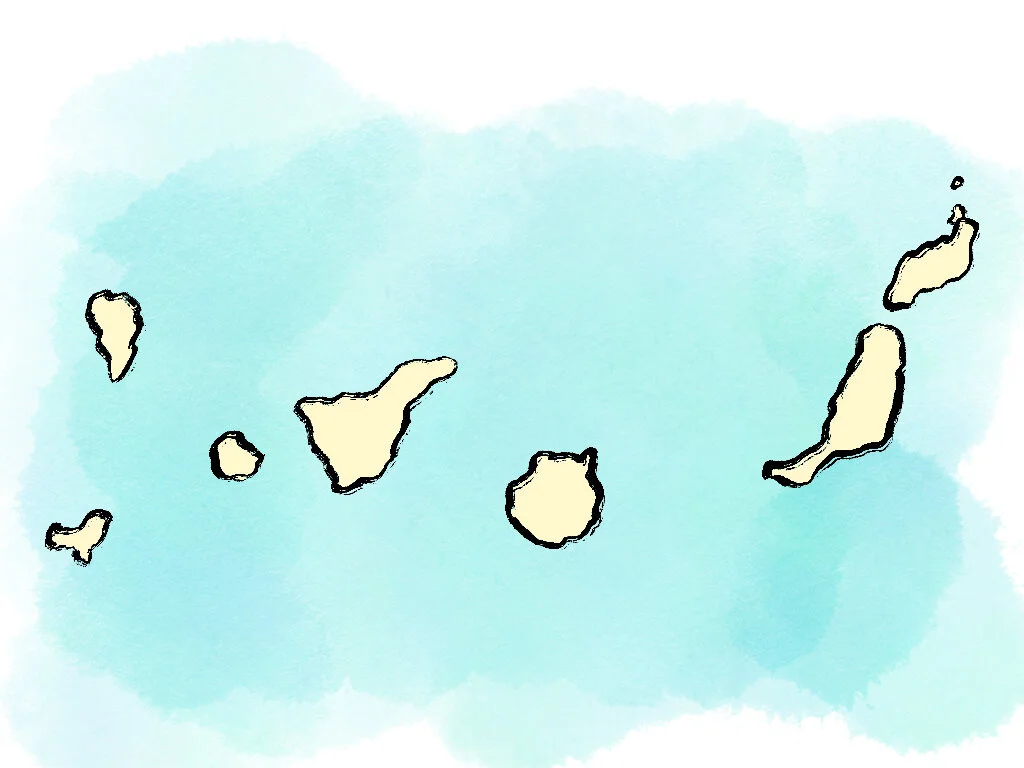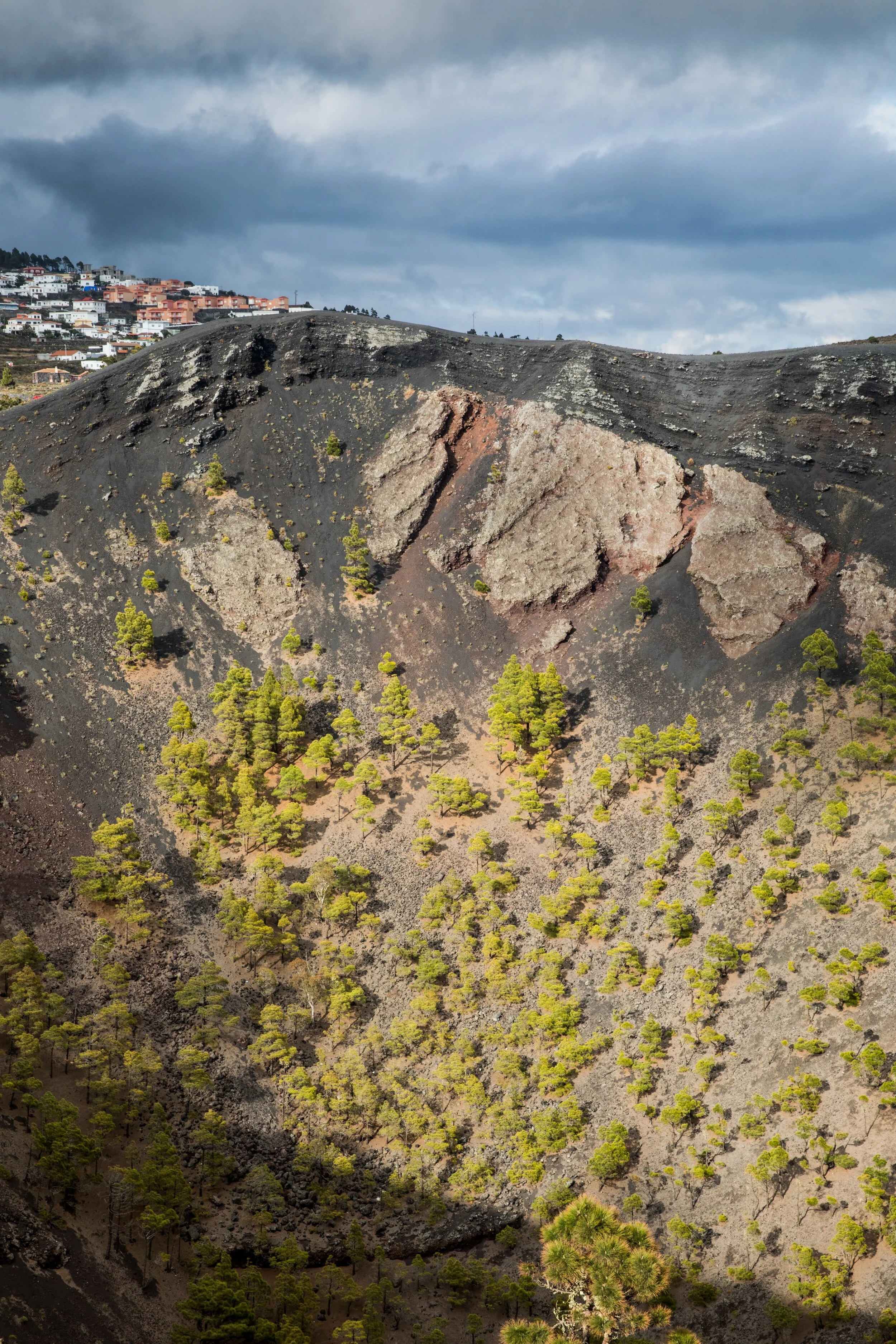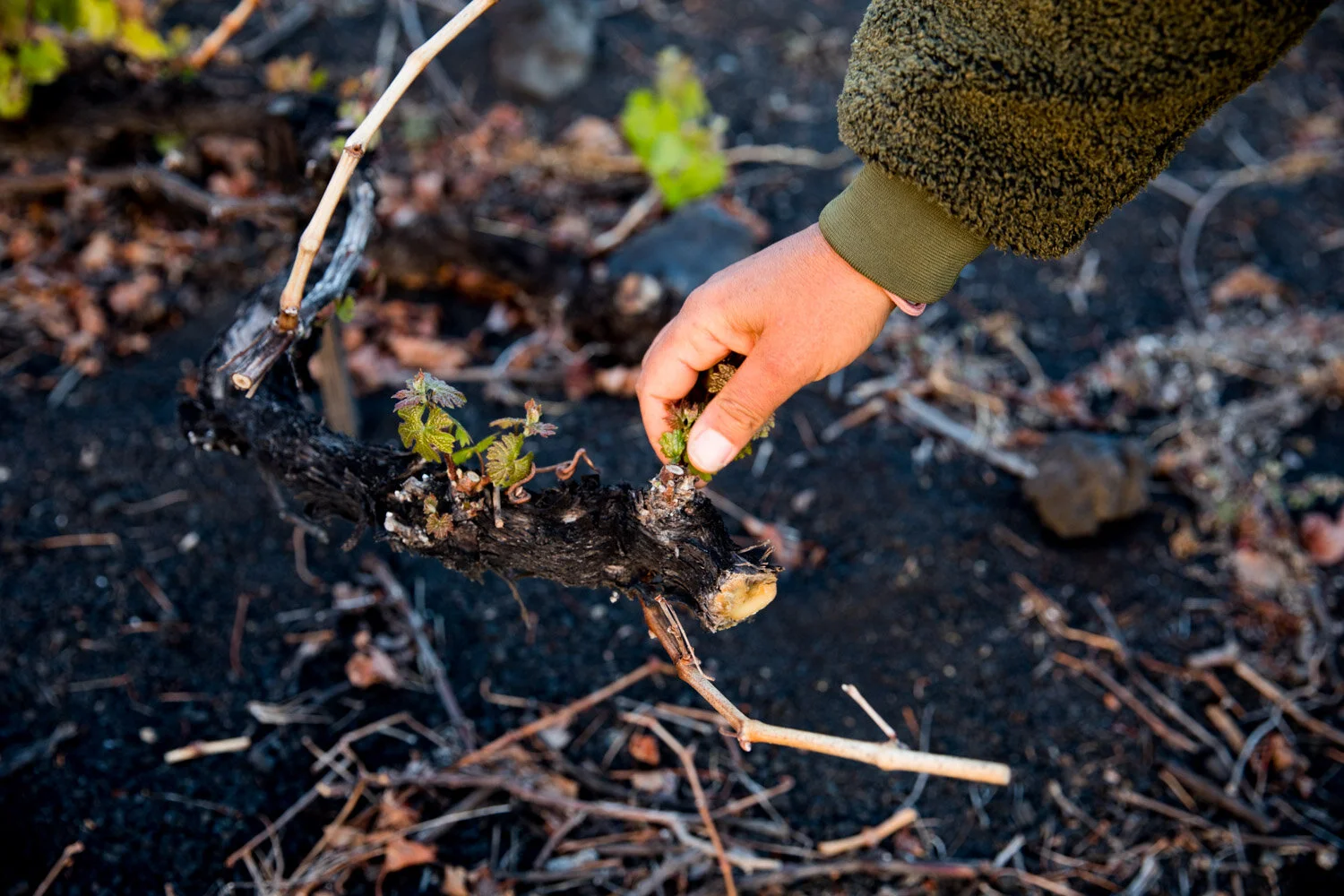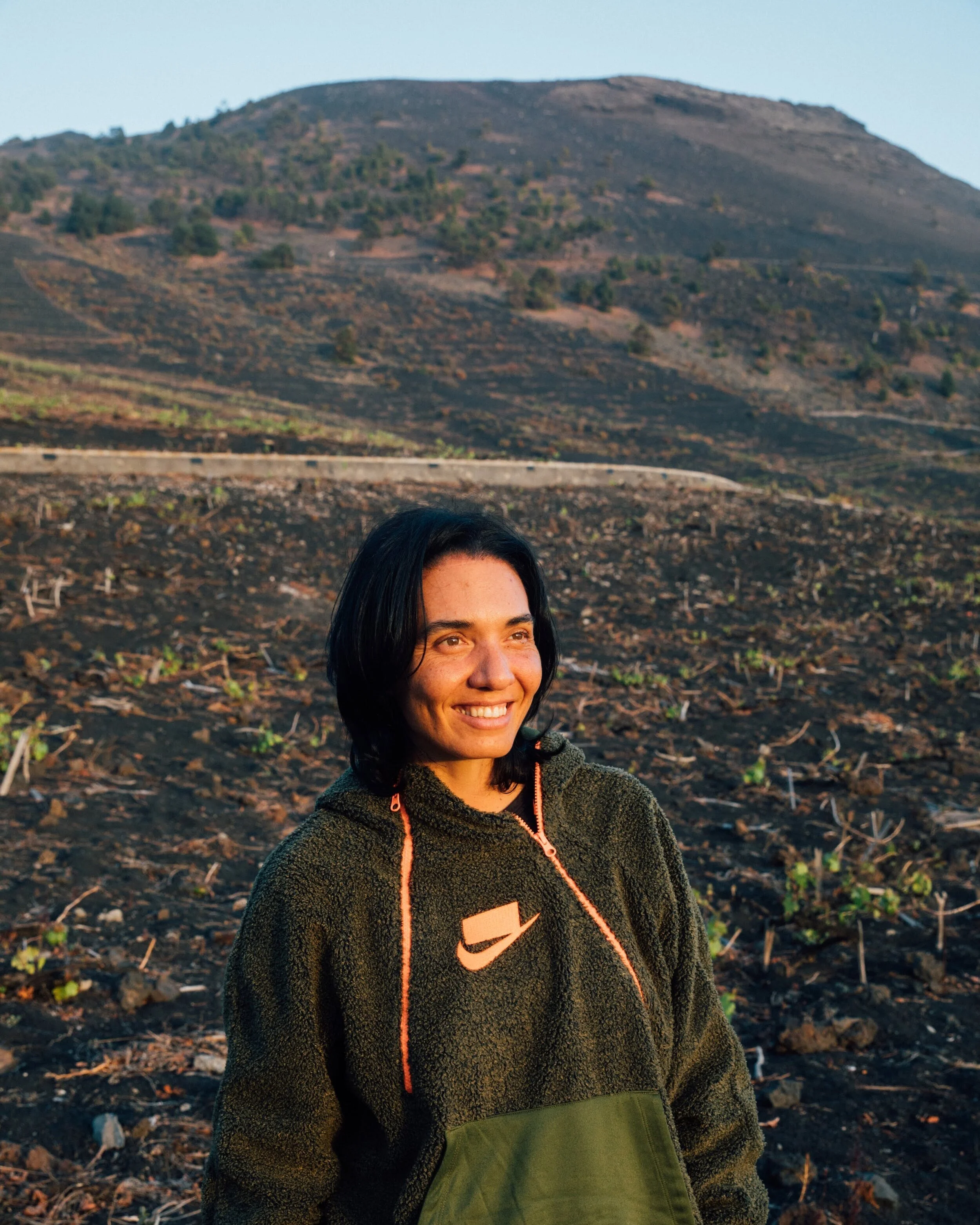Point of Origin Episode 23
Wine of Volcano and Sea
“Wine has been produced in the Canaries for over 500 years…but until very recently, it wasn’t something that people were necessarily proud of. Now, I think that’s changing because there’s a new generation of winemakers who are doing amazing things.”
Mónica R. Goya
Image Credit: Mónica R. Goya
Wine has been produced on the volcanic Canary Islands for over 500 years, even being mentioned in some of Shakespeare’s plays. The geography and climate of the islands have created a unique environment for the vineyards, resulting in a wine distinctive to the Canary Islands. On today’s episode we talk to Mónica R. Goya about the Canary Islands and the new generation of winemakers emerging. One of these winemakers is Victoria Torres Pecis, a fifth generation winegrower located on the small island of La Palma.
Available on Apple Podcast, Spotify, & iHeartRadio
Highlights
( 00:00 ) Introduction
( 01:00) About Monica R. Goya
( 02:53 ) About the Canary Islands
( 06:10 ) Wine in the Canary Islands
( 07:22 ) Introducing Victoria Torres Pecis
( 10:30 ) A New Generation of Winemakers
( 13:43 ) History of the Canary Islands
( 15:53 ) Farming and Grave Varietals
( 17:20 ) Tasting the Wine
( 23:08 ) Where to find Victoria’s Wine
( 24:15 ) A Natural and Native Wine Trend
About the Canary Islands
Image Credit: Quentin Lebeau
The Canary Islands are located in the Atlantic Ocean, off the coast of Morocco. It consists of seven main volcanic islands, along with a few smaller ones. They have a population of around 2 million people, with most of them concentrated in the two capital islands. It’s a popular tourist destination for Northern Europeans (British, German, and Nordics), due to the 3000 hours of sunshine per year. One of their main exports are bananas, with 6 out 7 main islands growing them.
“It’s a land of contrasts”
Not only because of the the changing landscape, from arid plains to the narrow valleys, black volcanic sand beaches, green forests or rugged mountains, but also because of the weather. There are dozens of microclimates within the same island, due to the topography and differing elevations.
The Geography of La Palma
Image Credit: Mónica R. Goya
La Palma is one of the smaller Canary Islands, and is where Victoria Torres Pecis has her winery. In 1971, a massive volcano, Cumbre Vieja, erupted on La Palma. The remnants of the ash in the soil gave the island a unique quality.
“La Palma is actually like two different islands. Due to the volcanic activity, the north is geologically much older than the south. In the north, the soil is rich in organic matter, you can find clay for example. Whereas in the south, because it’s much younger, the soil is rich in minerals, but poorer in organic matter.”
History of wine in the Canary Islands
Image Credit: Mónica R. Goya
In the 15th Century, the European powers of Spain, Portugal and France all invaded the Canary Islands in hopes of taking them. By the end of the century, in 1496, the Spanish (at that time, the Kingdom of Castile) took over. During this time, it thought that one of these European invaders planted vines, and brought over the practice of winemaking.
Because of this, by the 16th Century, the Canary Islands already had a well established wine industry and a monicker, or sorts, to go with it: Canary Sack.
“Sack” is an antiquated wine term referring to white, fortified wine. It is possibly derived of the Spanish word “sacar” meaning to draw out.
“Wine is very important for people who live there [the Canary Islands], but I’m not sure it’s very well known outside the islands.”
Mónica R. Goya
Grape Varietals of the Canary Islands
Information sourced from Vine Pair
Image Credit: Mónica R. Goya
White Grapes
Malvasia Aromatica: An extremely important grape historically, Malvasia can make dry or sweet wines with plenty of aromatic intensity. Sweet, they tend to be honeyed and complex, while dry, they are typically clean and crisp but sometimes uninteresting.
Listan Blanco: Also known as Palomino, this grape is essential to the production of sherry. It is also very important to dry white wine production in the Canary Islands and expresses the minerality of the region’s terroir well.
Diego: Also known as Vijariego Blanco, this grape is a rare white-wine variety cultivated exclusively in the Canary Islands, where it is used in the production of dry white wines with fresh flavors of green apple, pear and citrus fruits, as well as a green-herb component.
Red Grapes
Negramoll: Also known as Tinta Negra, this grape is better known as being the workhorse grape of Madeira, despite the fact that there are far more plantings in the Canary Islands. It tends to produce easy-drinking wines that aren’t too tannic.
Listán Negro: The most widespread red grape in the Canary Islands, this variety is well suited to the light, fruity, Beaujolais-like style of wines made using carbonic maceration. While it is pretty much solely found in the Canary Islands and a bit of mainland Spain, it is genetically identical to the Mission grape first brought to the U.S. by Mexican settlers.
About Victoria Torres Pecis
Image Credit: Mónica R. Goya
Victoria Torres Pecis is a fifth generation winemaker who is now the sole owner of her family’s winery on the southern tip of La Palma. After completing her studies on a different island, she came back home in 2008 to work under her father, learning the tools of the trade. She tirelessly worked to understand the business. While working with her dad, she had only one day off, and used this day to go to a different vineyard to learn more.
In 2014 she took over the winery from her father, Juan Matías Torres, and has continued the rich traditions of her family, but has also added her own flare.
Volume 06 Feature - Mónica R. Goya
Read Mónica R. Goya’s piece about the Canary Islands and Victoria Torres Pecis.
It is featured in Whetstone Magazine: Volume 06, and called:
Free Spirit, Free Wines
Image Credit: Mónica R. Goya
Meet our Guest
About Mónica R. Goya
Image Credit: www.monicargoya.com
Mónica R. Goya is a full-time freelance journalist and photographer based in London. Her work focuses primarily in the fields of travel, gastronomy, wine and farming. Her long-term journalistic projects explore the culture of working the land and the intersection of human rights, food politics and sustainability. She has a strong interest in urban agriculture and food justice and she is a volunteer at Food First.
She is a European citizen, speaks English and Spanish and can communicate in French and Italian. Prior to settling in London, she lived in Galicia, Madrid and Paris. She spends her spare time in the outdoors.








